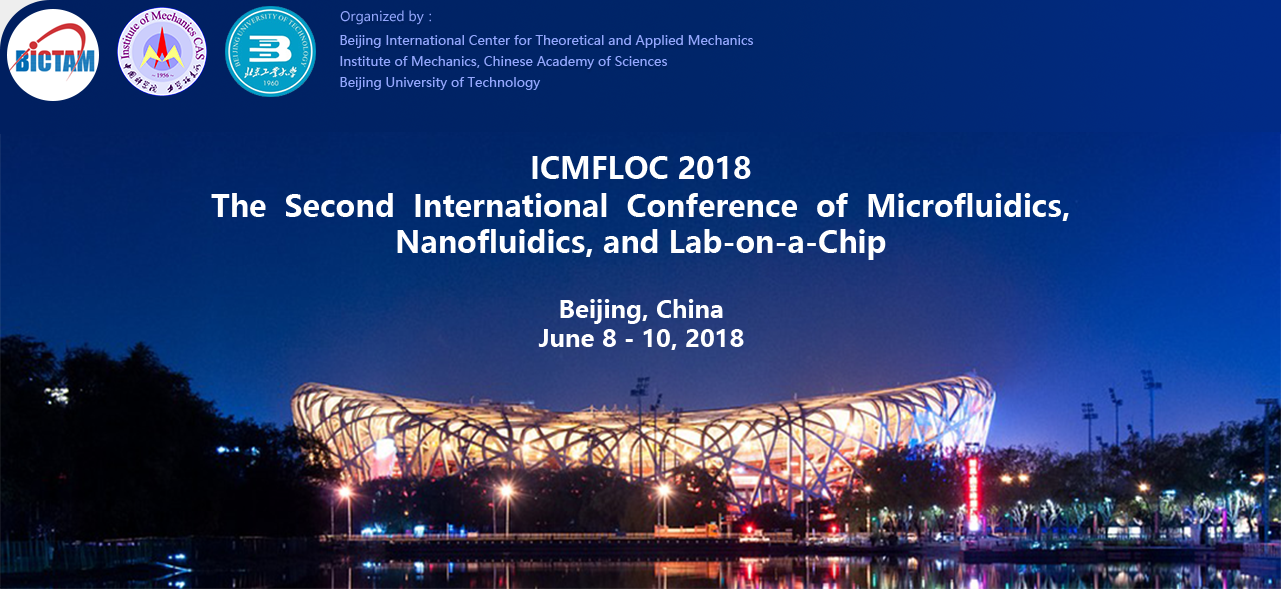
长按二维码,关注官方公众号




You can share it to WeChat via the QR code.